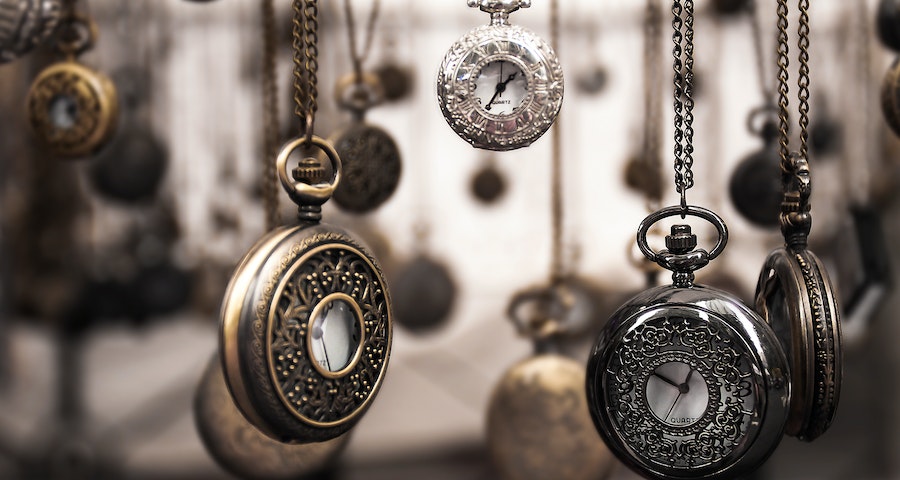
Selling antique items can be challenging, but with the right strategy, it can be lucrative. One of the best ways to sell antiques is through auctions. Auctions provide an excellent platform that attracts buyers who are willing to pay top dollar for valuable items. In this blog post, we will provide you with some tips and tricks on how to sell your antiques at an auction. Whether you are new to the auction world or a seasoned seller, these tips will help you get the most out of your auction experience.
Contents
Research the market value of your items
Before you decide to sell your antiques at an auction, it is essential to research the market value of your items. You can do this by consulting with antique dealers, appraisers, or by searching online auction sites. Knowing the value of your items will help you set a starting bid that will attract buyers and earn you a decent profit.
Choose the right auction house
Choosing the right auction house is crucial to your success. Look for an auction house that specializes in antique items or has a history of selling similar items to yours. The auction house should also have a good reputation and a large pool of potential buyers. Speak with the auctioneer or auction house representative to get a sense of their auction process and fees.
Prepare your items for the auction
Before the auction, make sure your items are in good condition and presentable. Clean and repair any damage as much as possible. Take high-quality photos of your items that highlight their unique features. Be prepared to provide detailed descriptions of your items and their history.
Set a realistic reserve price
A reserve price is the minimum price that you are willing to accept for your item at the auction. It is important to set a realistic reserve price that is close to the market value of your item. Setting a reserve price that is too high may deter potential buyers, while setting it too low may result in selling the item for less than its value.
Attend the auction
Attending the auction is a great way to gain insight into the auction process. You can also observe how other sellers present their items and how buyers bid on them. During the auction, stay focused on your items and be prepared to answer any questions that potential buyers may have. If your item doesn’t sell, you can consider other selling methods or re-list your item in a future auction.
Conclusion
Selling antiques at an auction can be a rewarding experience if done correctly. Remember to research the market value of your items, choose the right auction house, prepare your items for the auction, set a realistic reserve price, and attend the auction. By doing so, you can maximize your profit and reach a larger pool of potential buyers. Good luck with your auction experience!
